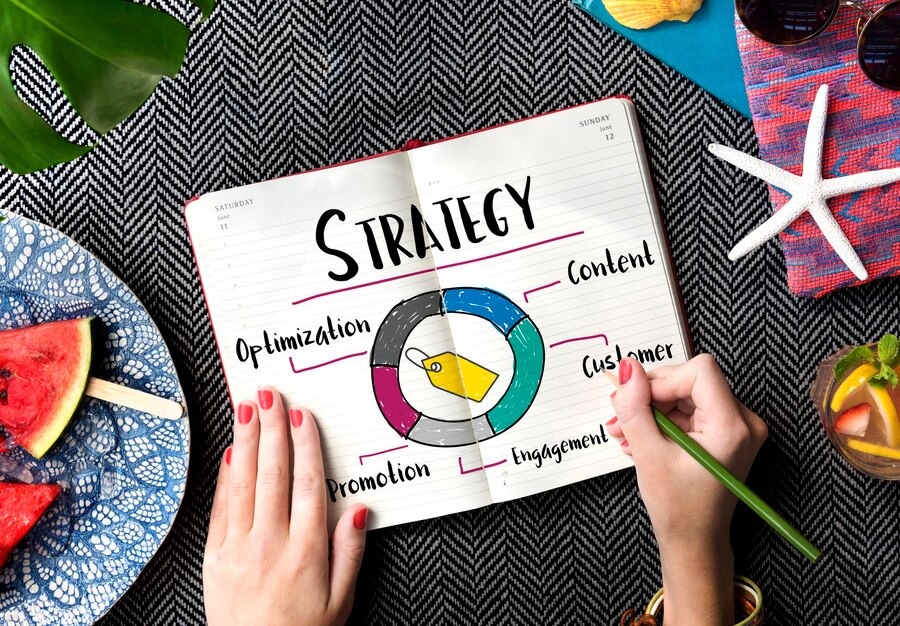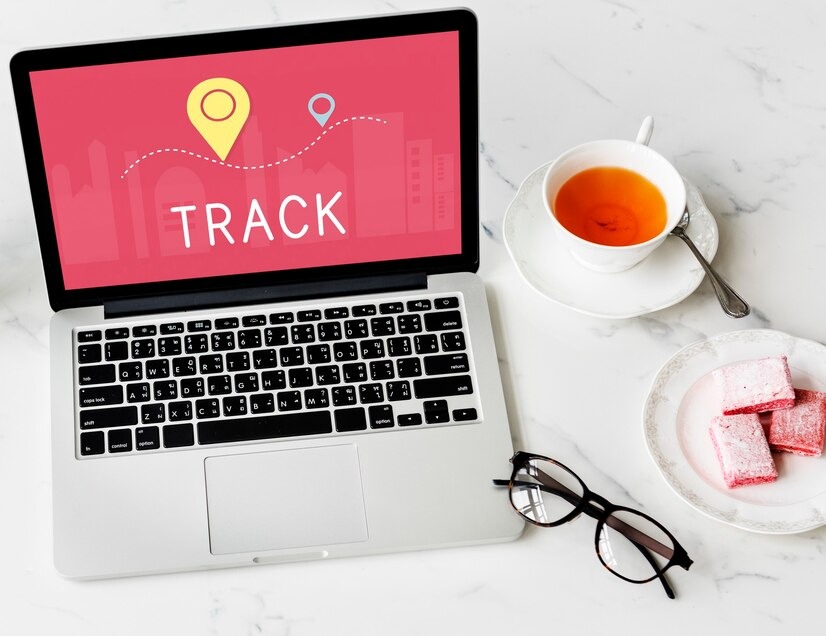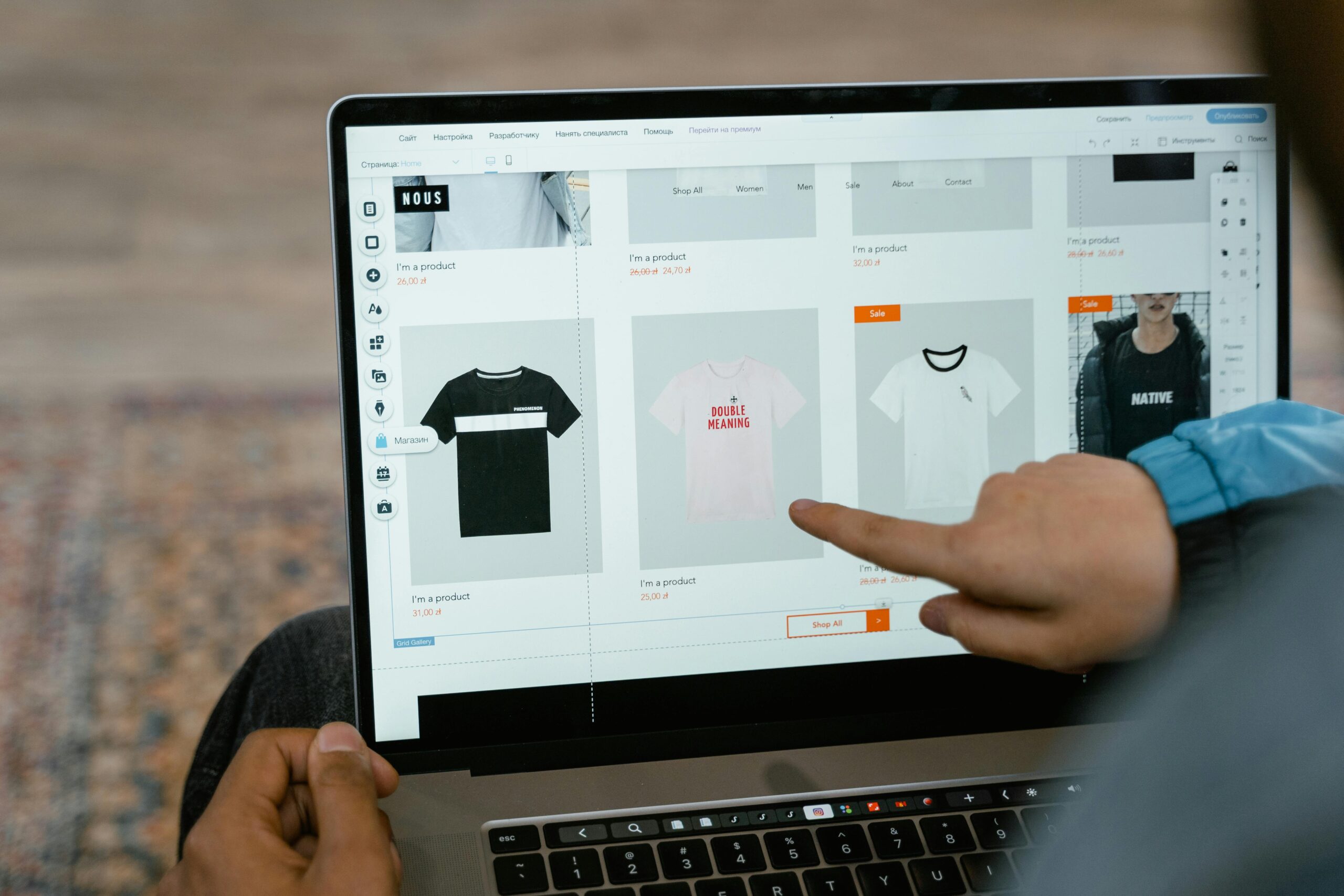E-commerce has revolutionised how businesses function and provided entrepreneurs with the means to establish and expand successful online stores. Yet getting to six-figure revenue—and beyond—takes more than just setting up a shop site and listing some products. To drive consistent growth, you must embrace strategic planning, optimise operations, and upgrade your overall marketing tactics to continue scaling your online store efforts.
This guide will highlight the main steps you must follow to scaling your online store successfully. This article will create actionable takeaways whether you are new to e-commerce or are trying to disrupt a revenue plateau in your e-commerce business and to try and increase your online sales.
Laying the Foundation for Growth
Before you can scale, you need a strong foundation. Here are some crucial steps to ensure your business is prepared for growth:
Optimising Your Website for Conversions
Your website is your storefront. Potential customers will leave before purchasing if it doesn’t provide a seamless experience. Here’s how to improve conversion rates:
- Mobile Responsiveness—Over 60% of online shopping happens on mobile devices. Ensure your site is optimised for all screen sizes and has a clean, easy-to-navigate design that enhances user experience.
- Fast Loading Speed – Pages that take longer than three seconds to load can cause high bounce rates. Use tools like Google PageSpeed Insights to improve speed by compressing images, reducing unnecessary scripts, and using a reliable hosting provider.
- Straightforward Navigation – Make it easy for customers to find products and complete their purchases. Use a logical menu structure, clear categories, and an intuitive search function.
- Compelling Product Descriptions – Highlight benefits features and use persuasive copywriting. Adding storytelling elements can further engage customers.
- Trust Signals – Add testimonials, reviews, and secure payment badges to boost credibility. A well-placed review from a satisfied customer can be the final nudge a potential buyer needs to complete a purchase.
- Live Chat & Chatbots – Providing instant customer support through AI chatbots or live agents can enhance the user experience and reduce cart abandonment rates.
Choosing the Right E-Commerce Platform
Your platform should support scalability. Shopify, WooCommerce, and BigCommerce provide flexibility, integrations, and automation features to streamline your operations.
- Shopify is great for its ease of use and built-in marketing features. It also offers robust app integrations to enhance functionality.
- WooCommerce – Best for flexibility and customisation if you prefer WordPress. It allows complete control over your store and integrates with thousands of plugins.
- BigCommerce – Ideal for fast-growing brands needing advanced features such as multi-channel selling and enterprise-level support.
- Magento – An excellent option for larger businesses that need fully customisable solutions but require more development expertise.
Mastering Marketing Strategies for Growth

Marketing plays a pivotal role in scaling your online store. A well-rounded strategy helps attract, convert, and retain customers.
Leveraging SEO to Drive Organic Traffic
Optimising your store for search engines can bring consistent traffic without relying on paid ads.
- Keyword Research – Use tools like Ahrefs or SEMrush to find keywords such as “grow e-commerce business” and “scale online store.”
- On-Page SEO – Include keywords in product titles, descriptions, URLs, and image alt text to enhance search rankings.
- Content Marketing – Publish blog posts, guides, and how-to articles to engage potential customers. Informative content builds trust and positions your brand as an authority in your niche.
- Technical SEO – Ensure proper site architecture, XML sitemaps, and structured data for better indexation.
- Link Building – Gain backlinks from industry-related sites to improve domain authority. Partnering with bloggers and influencers for product reviews can also drive referral traffic.
Running Effective Paid Advertising Campaigns
Paid advertising accelerates growth when done strategically. Key platforms include:
- Google Ads—Use search campaigns to Capture high-intent shoppers. Google Shopping ads can also showcase your products at the top of search results.
- Facebook & Instagram Ads – Use retargeting and lookalike audiences to drive conversions. Dynamic product ads allow you to show personalised recommendations to users who have previously visited your store.
- TikTok & Influencer Marketing – Leverage short-form videos and influencers to reach a younger demographic. Authentic content often performs better than traditional ads on these platforms.
- YouTube Ads – Video marketing helps showcase product benefits and increase brand awareness, making it a powerful medium for reaching potential customers.
Email Marketing & Customer Retention
A loyal customer base is essential for scaling. Email marketing helps maintain relationships and encourages repeat purchases.
- Welcome Sequences – Nurture new subscribers with engaging emails introducing your brand and best-selling products.
- Abandoned Cart Emails – Recover lost sales by reminding shoppers to complete their purchases offering limited-time discounts to entice them.
- Loyalty & VIP Programs – Reward repeat customers to encourage long-term retention. Exclusive perks such as early access to sales or special discounts can foster brand loyalty.
- Personalised Recommendations – Use past purchase behaviour to suggest relevant products, increasing repeat purchases.
Streamlining Operations & Logistics

Scaling an e-commerce store means handling larger order volumes efficiently.
Inventory Management & Fulfilment
- Use Inventory Management Software – Tools like TradeGecko or Stocky can prevent stockouts and overstocking, ensuring smooth operations.
- Choose the Right Fulfilment Option – Decide between in-house fulfilment, third-party logistics (3PL), or dropshipping based on your business needs. A 3PL provider can handle warehousing and shipping, freeing up time for growth-focused activities.
- Automate Order Processing – Streamline operations with automated order tracking and fulfilment notifications. This not only reduces errors but also enhances the customer experience.
Offering Multiple Payment & Shipping Options
- Flexible Payment Gateways—Accept credit cards, PayPal, and Buy Now Pay Later (BNPL) options like Klarna or Afterpay to cater to diverse customer preferences.
- Fast & Reliable Shipping – Provide free shipping thresholds and multiple delivery options. Consider offering express shipping to attract last-minute shoppers.
Expanding Your Sales Channels
Diversifying your sales channels ensures sustainable revenue growth.
Selling on Marketplaces
In addition to your website, consider selling on:
- Amazon—You can access millions of customers through Amazon FBA, which handles storage, shipping, and customer service for you.
- Etsy – Ideal for handmade, vintage, and niche products, allowing you to target a specific audience.
- eBay & Walmart Marketplace – Additional avenues to reach broader audiences, each with its customer base and selling advantages.
Social Commerce & Live Shopping
Social platforms now allow direct selling:
- Facebook & Instagram Shops – Sell directly on social media platforms with integrated checkout features.
- Live Shopping – Engage customers through live-streamed product demonstrations. Live commerce is gaining popularity, particularly in the beauty, fashion, and electronics sectors.
Scaling with Data-Driven Decisions

Analytics and data should guide every growth decision.
Tracking Key Metrics
Monitor these essential KPIs:
- Customer Acquisition Cost (CAC) – How much you spend to gain a new customer.
- Customer Lifetime Value (CLV) – The total revenue a customer brings over time.
- Conversion Rate – The percentage of visitors who make a purchase.
- Average Order Value (AOV) – The average spend per transaction.
Applying the strategy
Taking an online store to six figures involves strategic planning, iterative optimisation, and leveraging multiple growth channels. All while honing in on your website, marketing, operations, and data to create a profitable e-commerce website.
Want to take your online store to the next level? Apply these strategies now, and watch your revenue grow! Your store is ready to succeed. Need expert help? Call us for customised e-commerce solutions!


